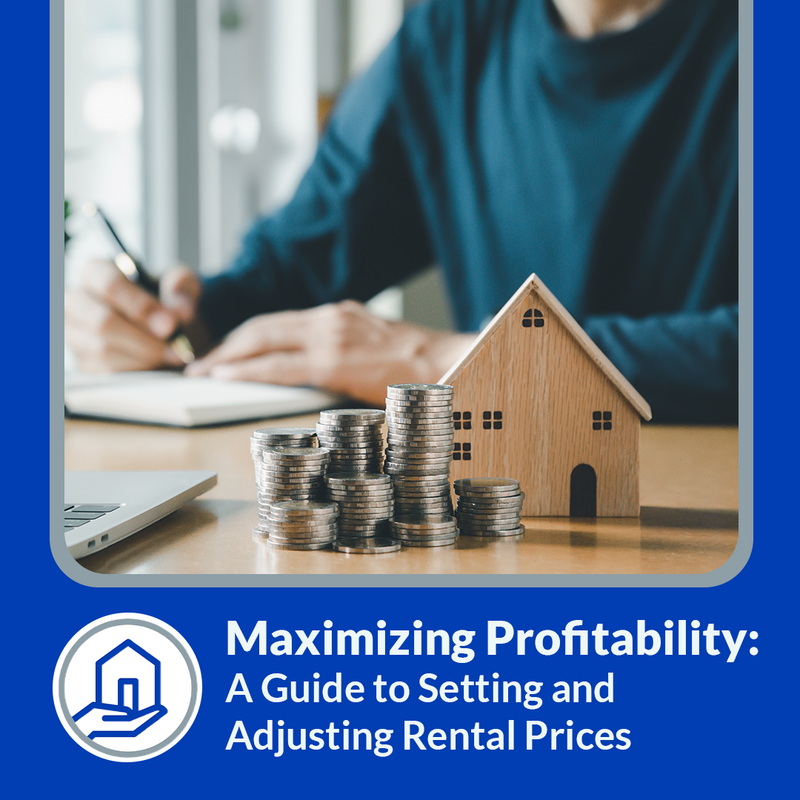As a property manager, one of your primary goals is to maximize profitability for your rental properties. One key factor in achieving this goal is setting and adjusting rental prices. Determining the right rental price can be a challenging task, but with the right strategies and tools, you can ensure your rental properties are priced effectively. In this guide, we’ll cover everything you need to know to set and adjust rental prices to maximize profitability.
Step 1: Conduct Market Research
Before setting rental prices, it’s important to conduct thorough market research to determine what similar properties are renting for in your area. Use online rental databases, such as Zillow or Rentometer, to get an idea of the current market rates for rentals in your area. You can also gather data by attending open houses and speaking with other property managers in your area. This research will help you establish a baseline for your rental prices.
Step 2: Consider Your Property’s Unique Features
Once you’ve established the market rates for rental properties in your area, it’s time to consider the unique features of your rental properties. For example, does your property have updated appliances, a pool, or a prime location? These unique features can increase the value of your property and should be taken into account when setting rental prices.
Step 3: Calculate Your Expenses
Before setting rental prices, it’s essential to calculate your expenses to ensure that you can cover your costs and generate a profit. Your expenses may include mortgage payments, property taxes, insurance, utilities, repairs, and maintenance costs. Once you’ve calculated your expenses, you can determine the minimum rental price you need to charge to break even.
Step 4: Set an Initial Rental Price
Based on your market research, unique features, and expenses, you can set an initial rental price for your property. It’s important to be competitive with the market rates in your area while also ensuring that you can cover your expenses and generate a profit.
Step 5: Monitor Market Trends
Once you’ve set your initial rental price, it’s important to monitor market trends to ensure that your rental prices remain competitive. Keep an eye on rental rates in your area and adjust your rental prices accordingly. It’s also a good idea to adjust rental prices when you make upgrades or improvements to your property.
Step 6: Consider Tenant Feedback
Your tenants can provide valuable feedback on your rental prices. Consider conducting surveys or speaking with tenants to gauge their satisfaction with the rental prices. If you receive feedback that your rental prices are too high, it may be time to adjust your prices.
Step 7: Work with a Property Management Company
Managing rental properties can be a challenging and time-consuming task, especially when it comes to setting and adjusting rental prices. Consider working with a property management company to help you maximize profitability. A property management company can handle all aspects of managing your rental properties, including setting and adjusting rental prices to ensure that your properties are priced effectively.
In conclusion, setting and adjusting rental prices is essential for maximizing profitability as a property manager. By conducting market research, considering unique features, calculating expenses, setting an initial rental price, monitoring market trends, considering tenant feedback, and working with a property management company, you can ensure that your rental properties are priced effectively to generate the highest possible return on investment.

